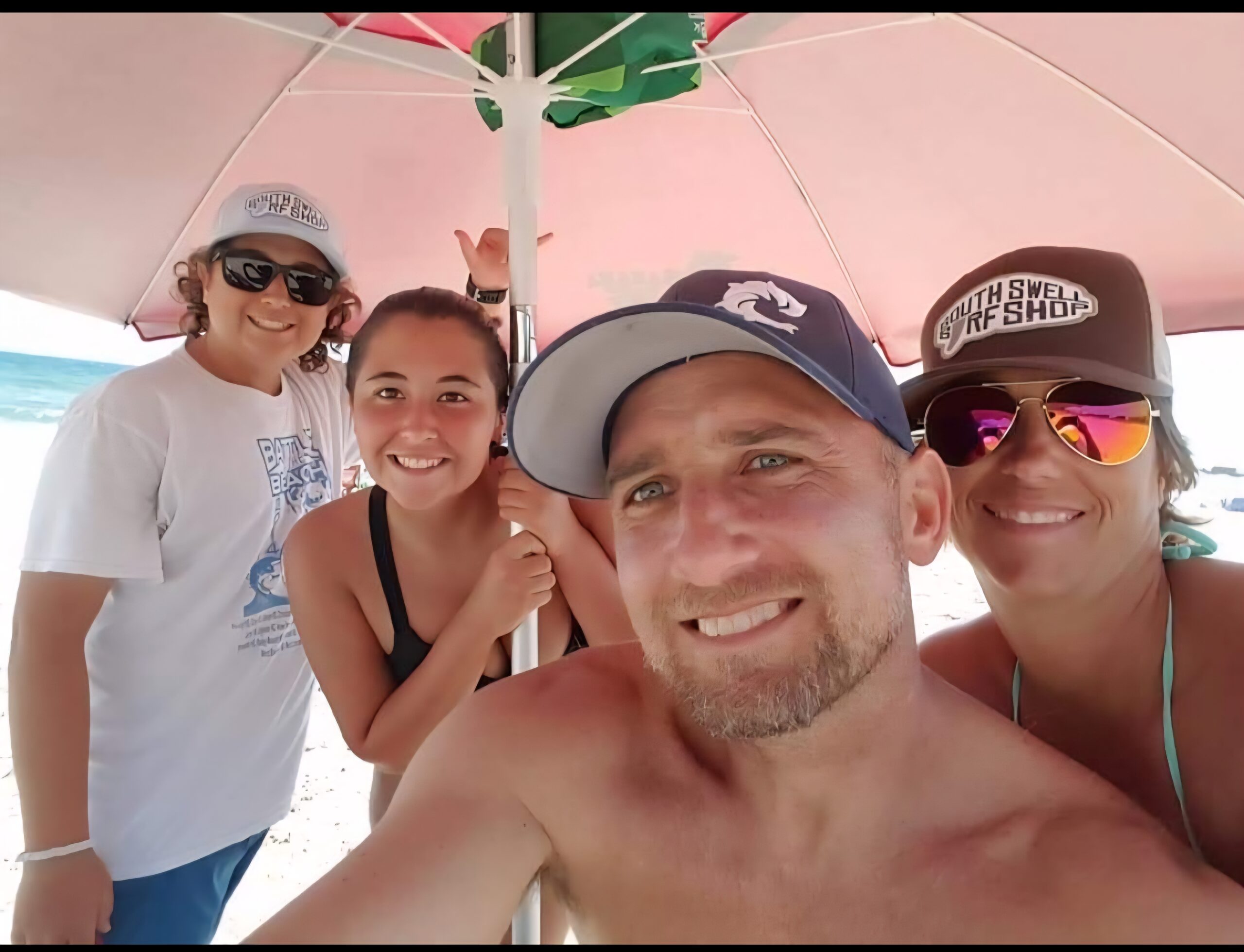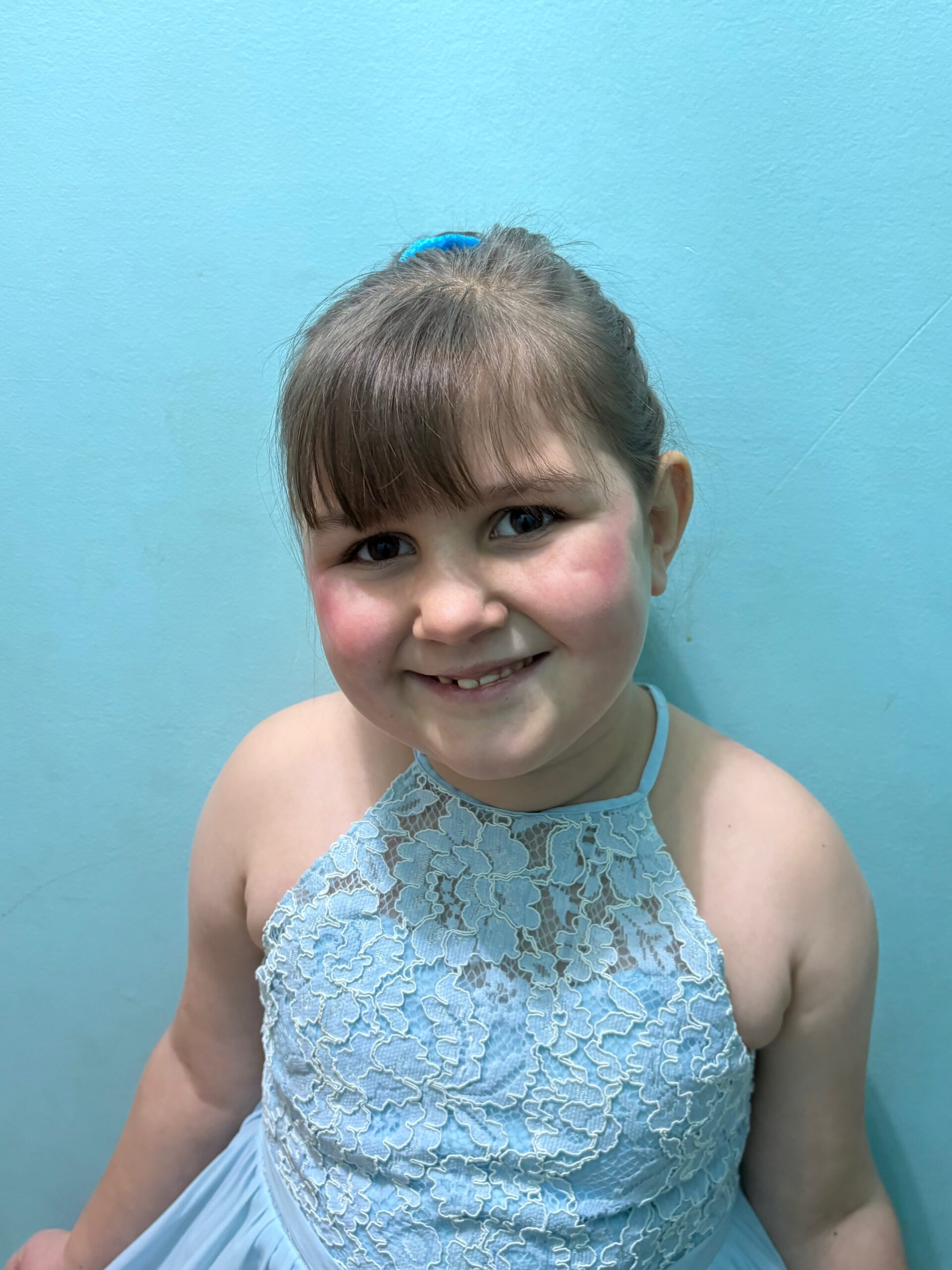Benign is Not Always Fine
Craniopharyngioma is a rare type of benign (non-cancerous) brain tumor that develops near the pituitary gland at the base of the brain. The pituitary gland is responsible for producing hormones that regulate various bodily functions, including growth, metabolism, and reproduction. Craniopharyngiomas are thought to originate from remnants of tissue left over from the development of the pituitary gland.
These tumors usually occur in two distinct forms: adamantinomatous craniopharyngioma and papillary craniopharyngioma. Each type has slightly different characteristics and behaviors.
- Adamantinomatous Craniopharyngioma: This is the most common type of craniopharyngioma. It is often seen in children and adolescents. These tumors are composed of both solid and cystic components and can have calcifications. They tend to grow slowly and can cause various symptoms due to their location near important brain structures. These symptoms might include headaches, vision problems, hormone imbalances, and other neurological issues.
- Papillary Craniopharyngioma: This type is less common and is mostly seen in adults. Papillary craniopharyngiomas are usually cystic in nature and have a more solid component compared to the adamantinomatous type. They are often associated with fewer calcifications. These tumors can also cause similar symptoms as the adamantinomatous type.
The exact cause of craniopharyngiomas is not fully understood. They are believed to arise from embryonic tissue remnants left behind during fetal development.
Treatment for craniopharyngioma typically involves a combination of surgical resection (removal), radiation therapy, and sometimes hormonal replacement therapy to manage the hormone imbalances caused by the tumor’s proximity to the pituitary gland. The treatment approach depends on factors such as the tumor’s size, location, and the patient’s overall health.
Due to their location and potential impact on vital brain structures, managing craniopharyngiomas can be challenging. Long-term monitoring and follow-up are often necessary to address any potential recurrences or complications. The prognosis can vary depending on factors such as the tumor type, size, and the success of treatment interventions.
Almost 80 years ago, the father of modern neurosurgery, Dr. Harvey Cushing, declared craniopharyngiomas “the most formidable of intracranial tumors.”
Back in 1939, before the use of the surgical microscope, the endoscope, modern anesthetic techniques and hormone replacement therapies, Cushing learned that surgery for these tumors was extremely challenging and risky.” (source: Pacific Neuroscience Institute)
Conditions Associated with Craniopharyngioma
Learn more about stress dosing and daily steroid replacement therapy.
Get an overview of hypopituitarism and hormone replacement.
Growth Hormone Deficiency
Learn about growth hormone replacement and data on when to begin after tumor treatment.
Learn About Craniopharyngioma Clinical Trials and Studies
Current trials are evaluating the use of targeted therapies or medications to slow tumor growth, reduce symptoms, and improve patient outcomes. These trials involve assessing the safety and effectiveness of new drugs.
Craniopharyngioma Treatment and Management
UCSF’s Dr. Sandeep Kunwar, neurosurgeon and Dr. Lewis Blevins, neuroendocrinologist, take a deep dive into treatment approaches and options for craniopharyngioma.




